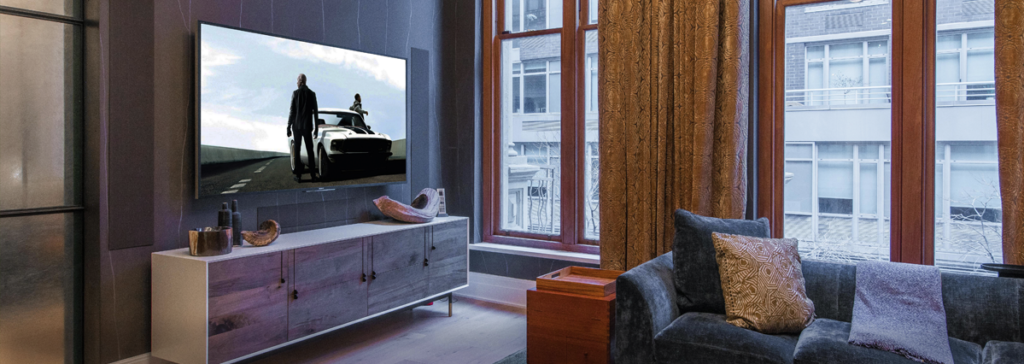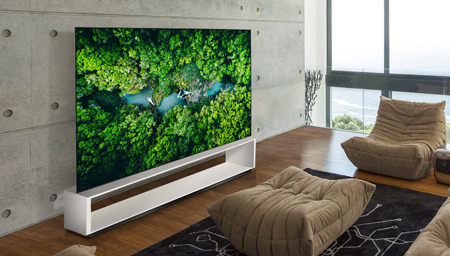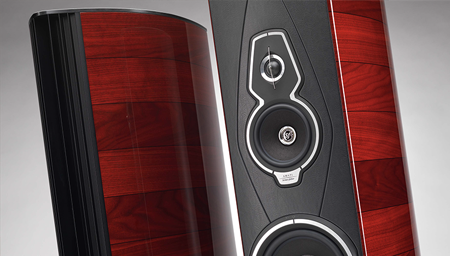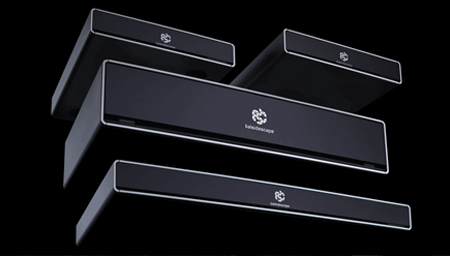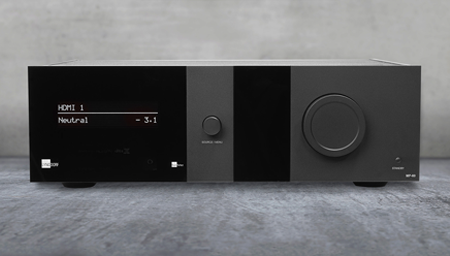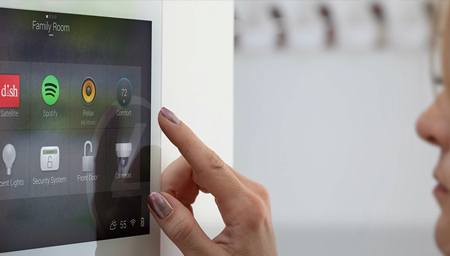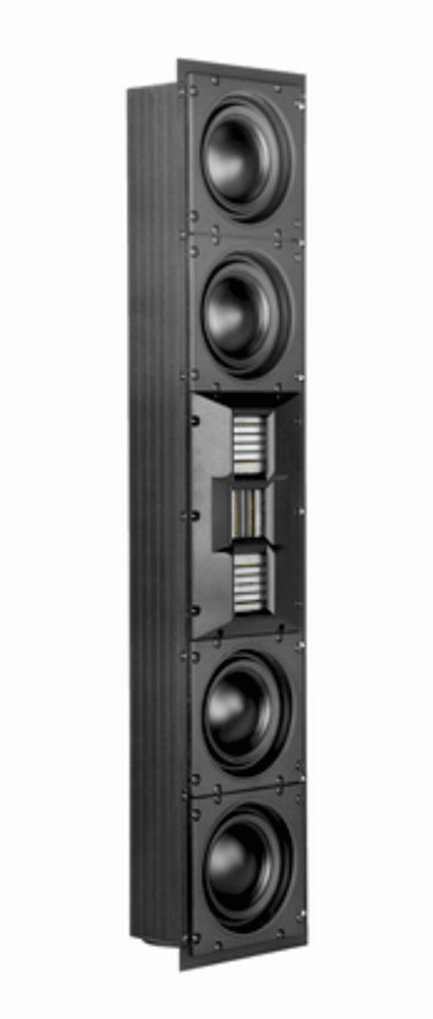
Wisdom Audio’s P38i in-wall speaker
the Control4 system interface
Sign up for our monthly newsletter
to stay up to date on Cineluxe
You can find out everything you need to know about a premium system without having to get anywhere near the jargon or the tech
by Dennis Burger
updated May 30, 2023
What goes into crafting a luxury home entertainment system—a room for watching movies and TV, and maybe even playing video games, with performance that rivals the best commercial cinemas but with an aesthetic that’s all your own? That last part, of course, is totally up to you and your interior designer. But if you’re looking for some help understanding what’s involved in creating a luxury system before you meet with an integrator to help you pull it all together, you’ve come to the right place.
The aim here is to give you just enough information to convey the basic requirements for an uncompromising home entertainment system with exceptional fit & finish and unparalleled ease of use, while also giving you a baseline to judge one product against another. We’ll also highlight recent advancements in home entertainment, in case you haven’t looked into any of this in a while.
In future posts, we’ll dig deeper into the specifics of each component for those of you who want to know more, but for now we’re keeping the discussion deliberately high-level, so you won’t feel weighed down by too much information.
With that said, let’s start digging into the elements of a luxury home system and some of the basic decisions involved in buying one.
TV OR PROJECTOR?
One of the most important decisions is whether to go with a TV or a projection system. It might be hard to believe, because many people—including a lot of dealers—think a projector and screen represent the ultimate viewing experience, but today’s TVs almost always deliver better image quality. They’re consistently brighter than projection systems, with better contrast and clarity.
That doesn’t mean you should rule out a projection system, especially if you want a screen larger than 98 inches or so. In that case, you’ll probably want to go with a projector, even if your entertainment space isn’t a pitch-black man cave. Today’s ambient-light-rejection screens and brighter projectors mean you can enjoy a reasonably vibrant image in nearly any room.
Seriously, though, if what you really want is a world-class TV instead of a projector and screen, don’t let anyone talk you out of it.
SPEAKERS
Chances are you’re looking for the level of deeper immersion only Dolby Atmos and DTS:X surround sound can provide. If so, you need to decide how many speakers you want in your room. The good news is, you can pack a lot more into a space than you might think because architectural speakers—that is to say in-wall and in-ceiling offerings that are practically invisible—have come a long way in terms of performance. A decade ago, most architectural models were glorified elevator speakers, perfectly fine for background music but not home cinema. The best ones today can deliver a listening experience on par with the best in-room offerings.
But what if you actually like the look of speakers and want to make them part of your décor? There’s good news in that department, too. At the luxury level, many manufacturers offer freestanding models that are stunning statements in design, with a wide range of finishes and even in some cases the option to specify your own finish.
ELECTRONICS
There’s a good chance you’ve given up on discs entirely and now consume most of your video entertainment via streaming. If that’s the case, you definitely want to add a good media streamer to your system, since the apps built into smart TVs often leave something to be desired. The Roku Ultra, by contrast, can deliver an AV experience so comparable to UHD Blu-ray discs that you might not be able to tell the difference.
But even the best 4K streaming can’t provide the ultimate viewing experience. For that, you need something like a Kaleidescape movie player, which can deliver better picture and sound than UHD Blu-ray—but that’s actually not the most compelling thing about it. Its strongest asset is its super-intuitive user interface, which lets you easily find and download what you want to watch. And since films are stored locally, your collection will be available to watch even when your ‘net connection gets glitchy. It’s also a fully monitored, bulletproof piece of hardware that delivers a level of dependability something like Apple TV just can’t match.
What about the most boring part of any home entertainment system, though? Yup, you’re going to need a surround sound preamp—the anonymous black box that basically acts as the air traffic controller for your media room or home theater, routing audio and video signals where they need to go and also giving you volume control and so forth.
That’s not all preamps do, though. The biggest differentiator between them is their room-correction software, which, just a few years ago, tended to do more harm than good. But the latest correction systems—when set up by someone who understands room acoustics—mean you don’t need to have a perfectly symmetrical space filled with acoustical treatments to get reference-quality audio. Done right, correction can compensate for problems with room acoustics and make what once would have been considered just a passable space sound exceptional.
CONTROL
Of course, no one wants to have a coffee table full of remote controls. But if you’re tempted to get a simple universal remote for a system this sophisticated, think again. Even the best struggle to elegantly operate a robust entertainment system, much less the other essential components of a good media room, like lights, shades, and comfort control.
You’re going to want a custom-programmed control and automation system. Granted, you might recoil from that suggestion if you went down that path 10 or so years ago and paid a king’s ransom for a cluttered and confusing system no one in the house could operate. Today’s custom systems are much more flexible and intuitive, better designed, more reliable, and considerably less expensive. And they can transform virtually any space from “comfy family room” to “movie-watching paradise” at the touch of a button.
Mind you, simply buying and installing all of the above won’t necessarily result in a luxury home entertainment space. A lot of the magic comes from how it’s all configured, designed, programmed, and integrated into your lifestyle. And that comes from entering into a creative collaboration with your designer and your installer. But the above should give you a solid idea of the sorts of components you’ll need. And in future posts, we’ll dig a little deeper into standout examples from each category and what makes each of them luxury.
Dennis Burger is an avid Star Wars scholar, Tolkien fanatic, and Corvette enthusiast who somehow also manages to find time for technological passions including high-end audio, home automation, and video gaming. He lives in the armpit of Alabama with his wife Bethany and their four-legged child Bruno, a 75-pound American Staffordshire Terrier who thinks he’s a Pomeranian.
photo by John Frattasi
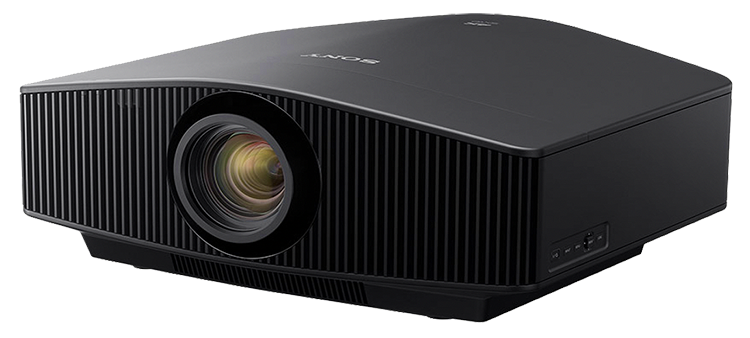
Sony’s VPL-VW1025ES front projector
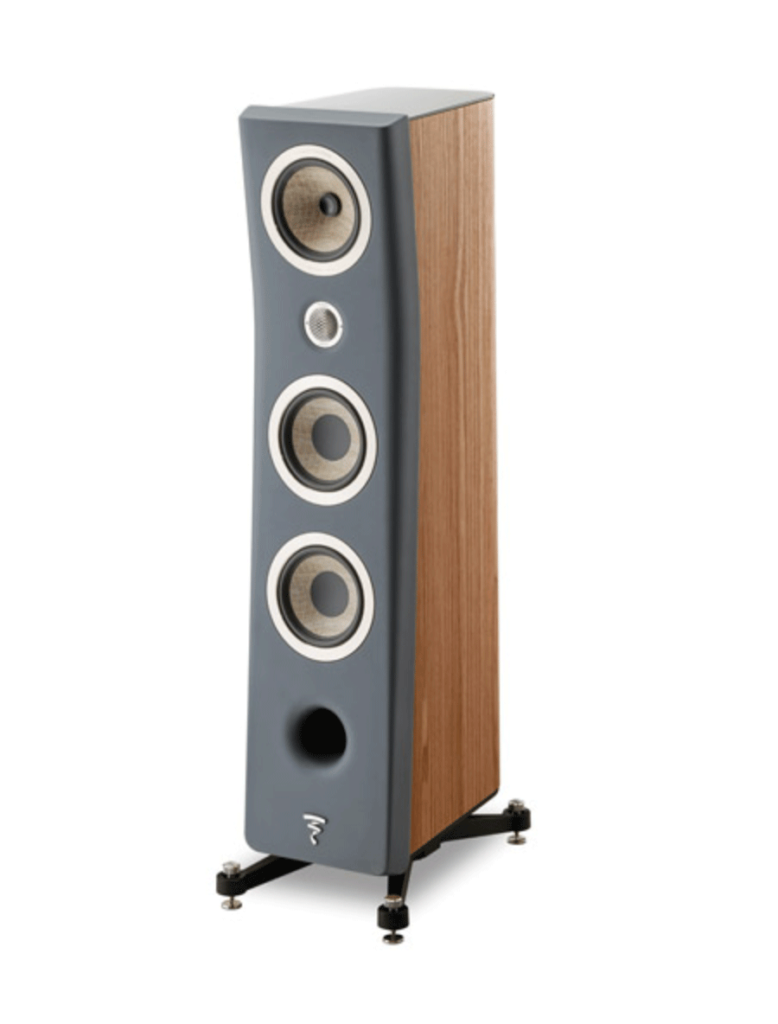
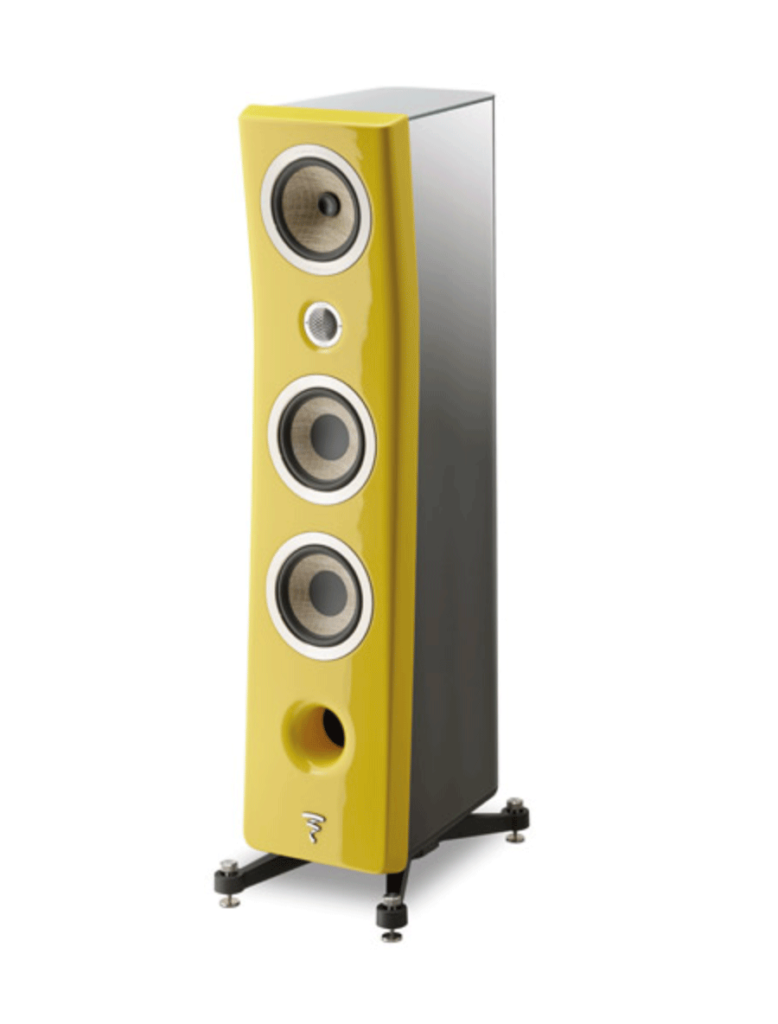
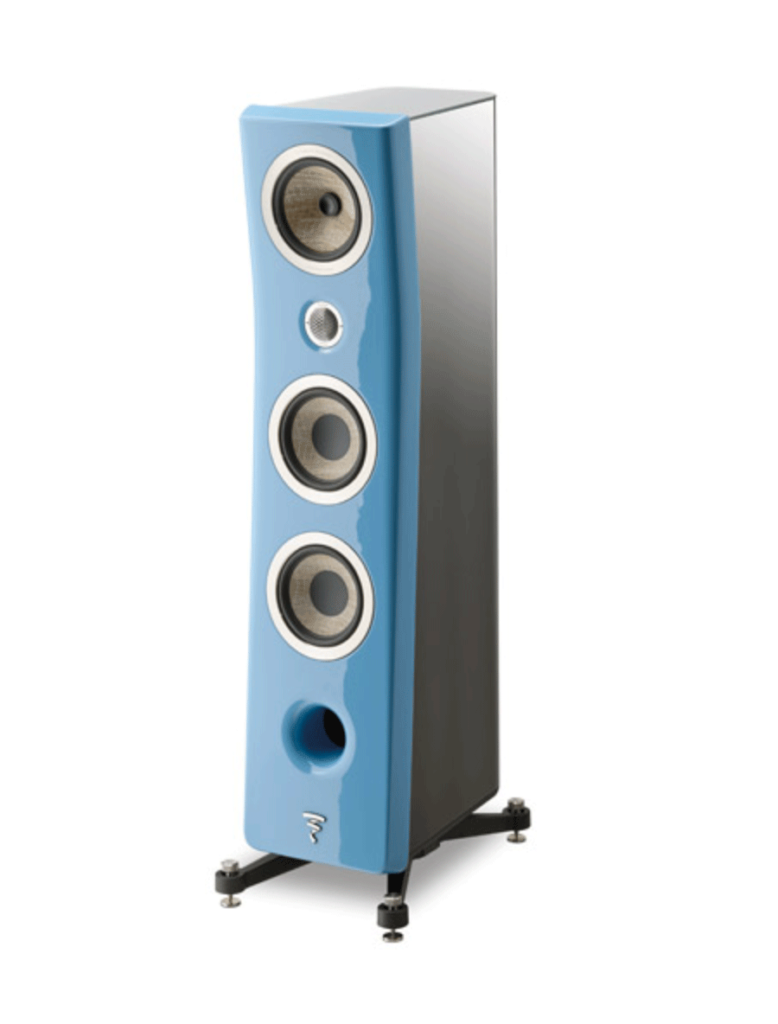
some of the many finishes available for
Focal’s Kanta speakers
the Kaleidescape Strato S movie player
© 2023 Cineluxe LLC


